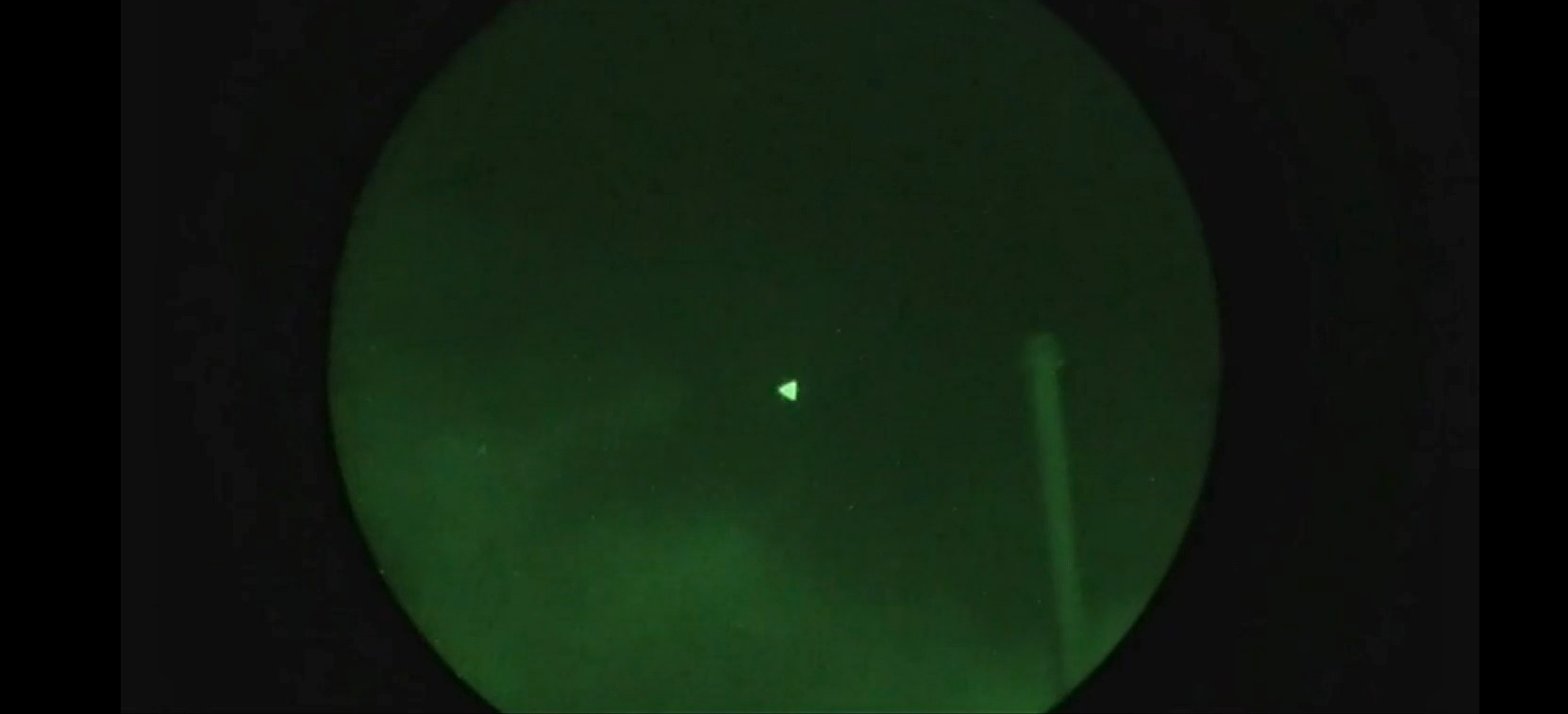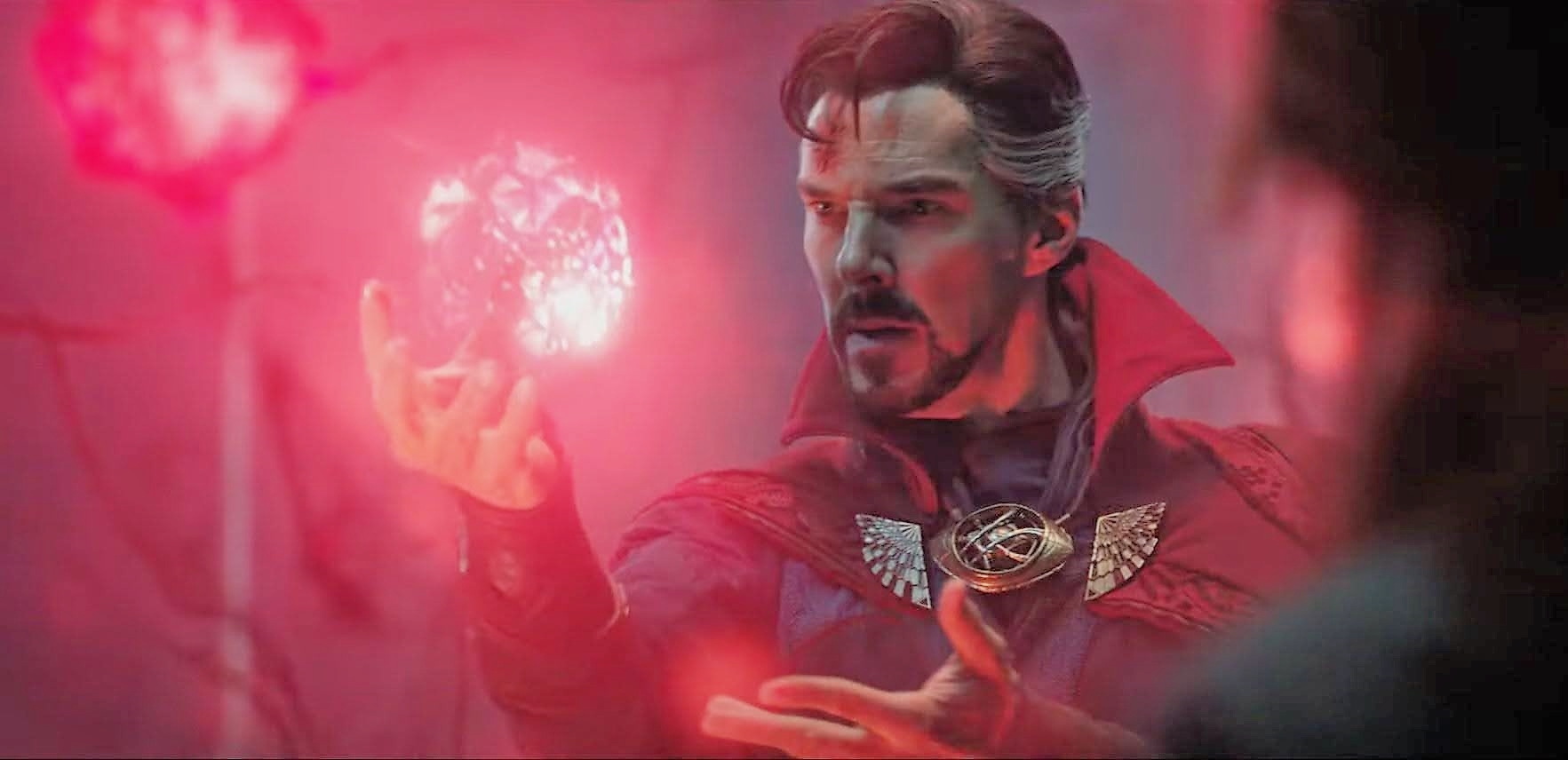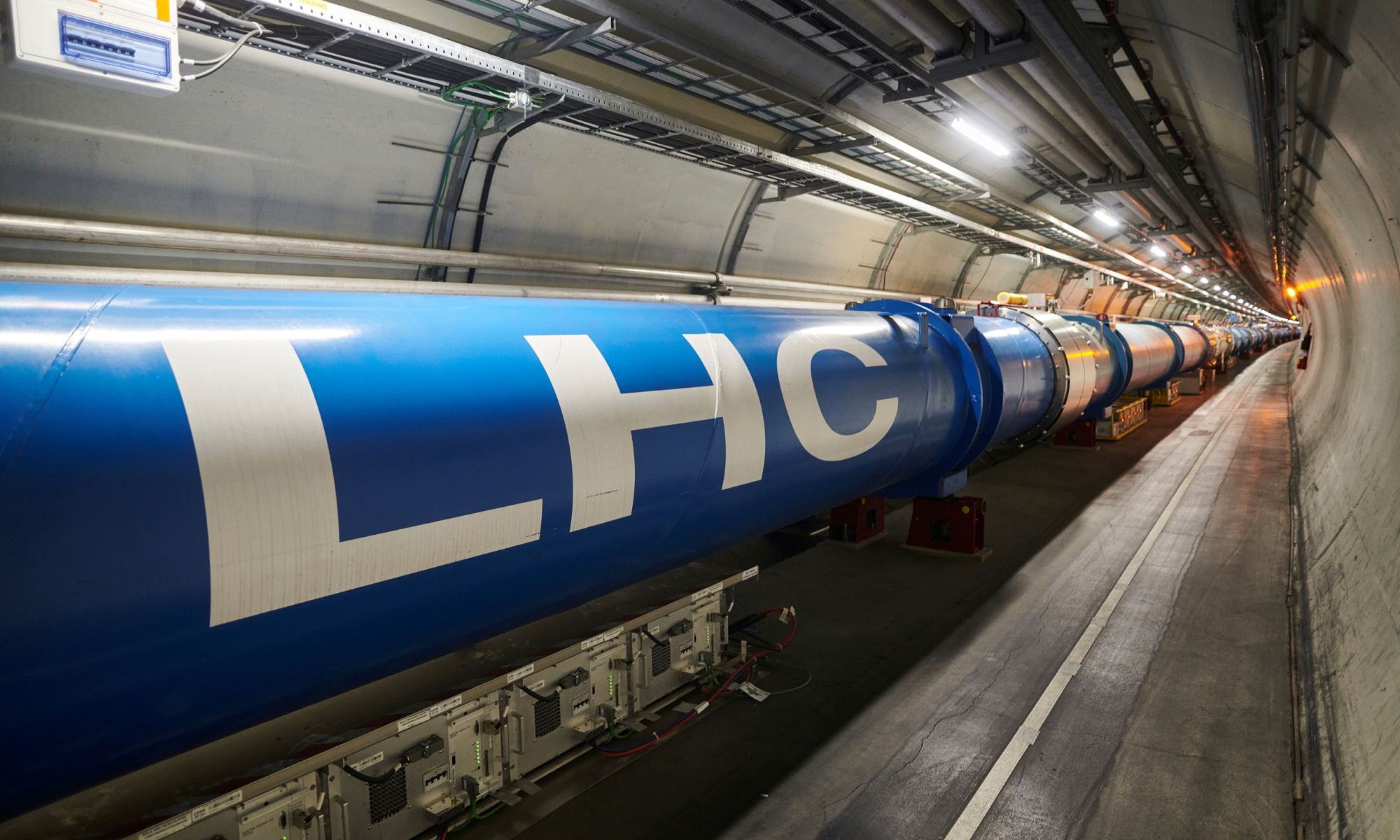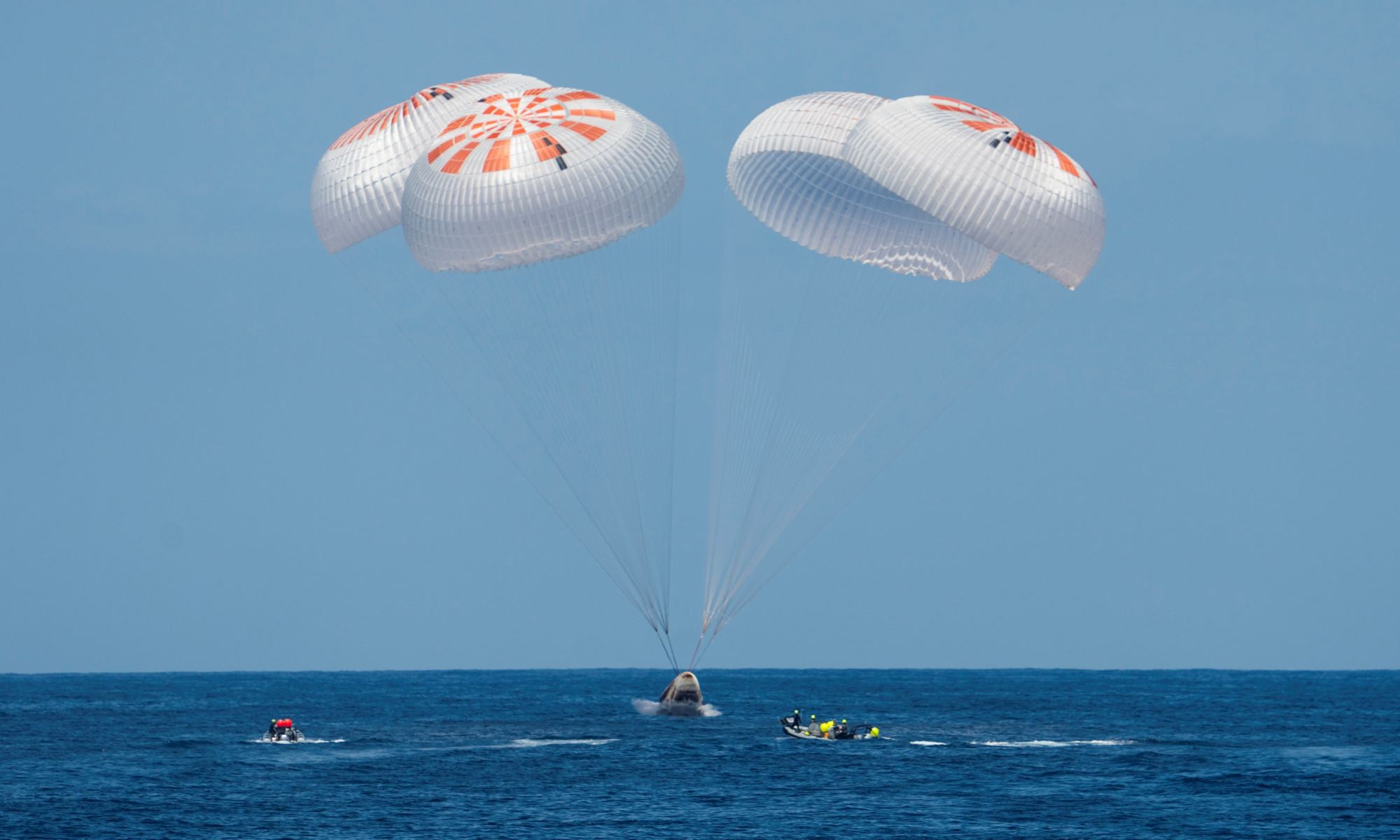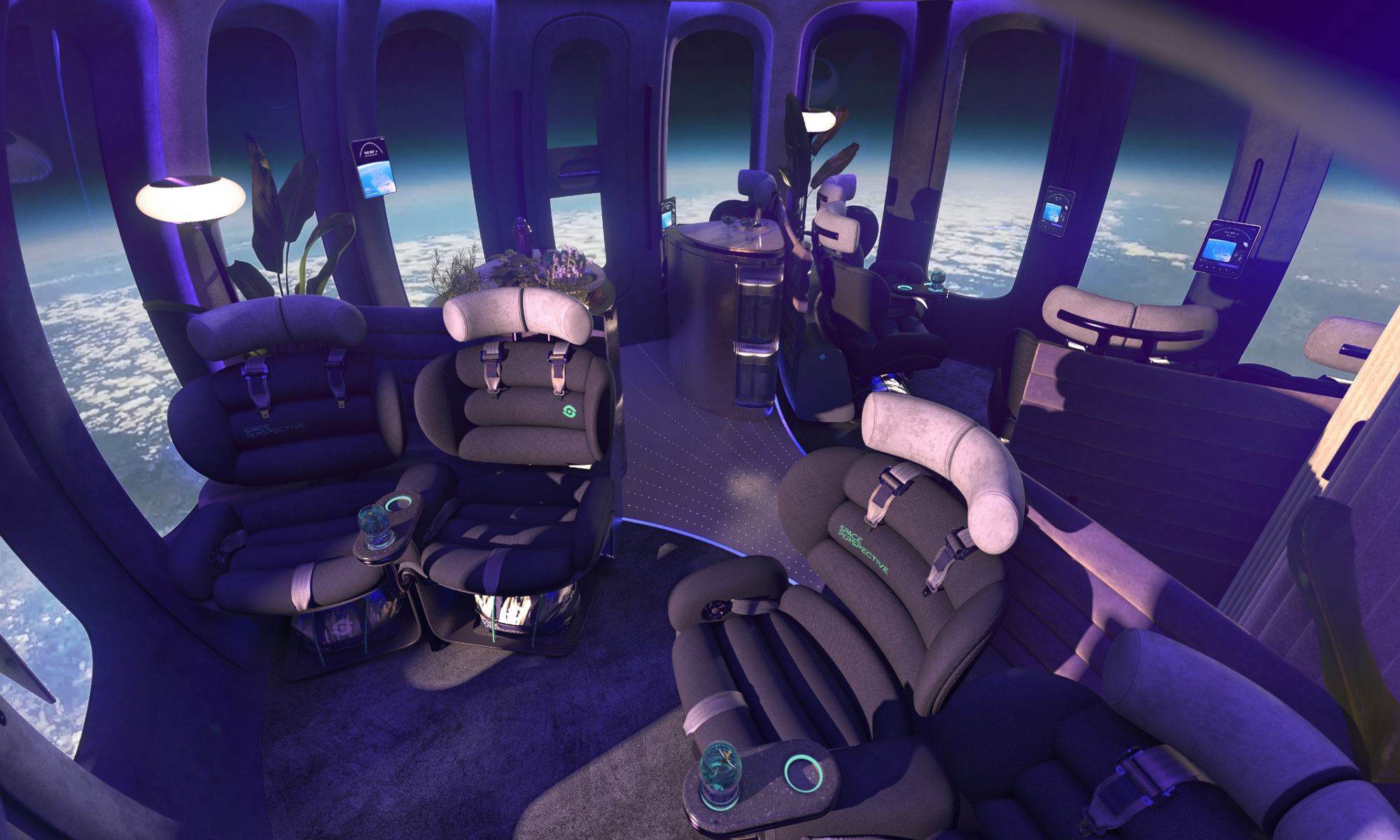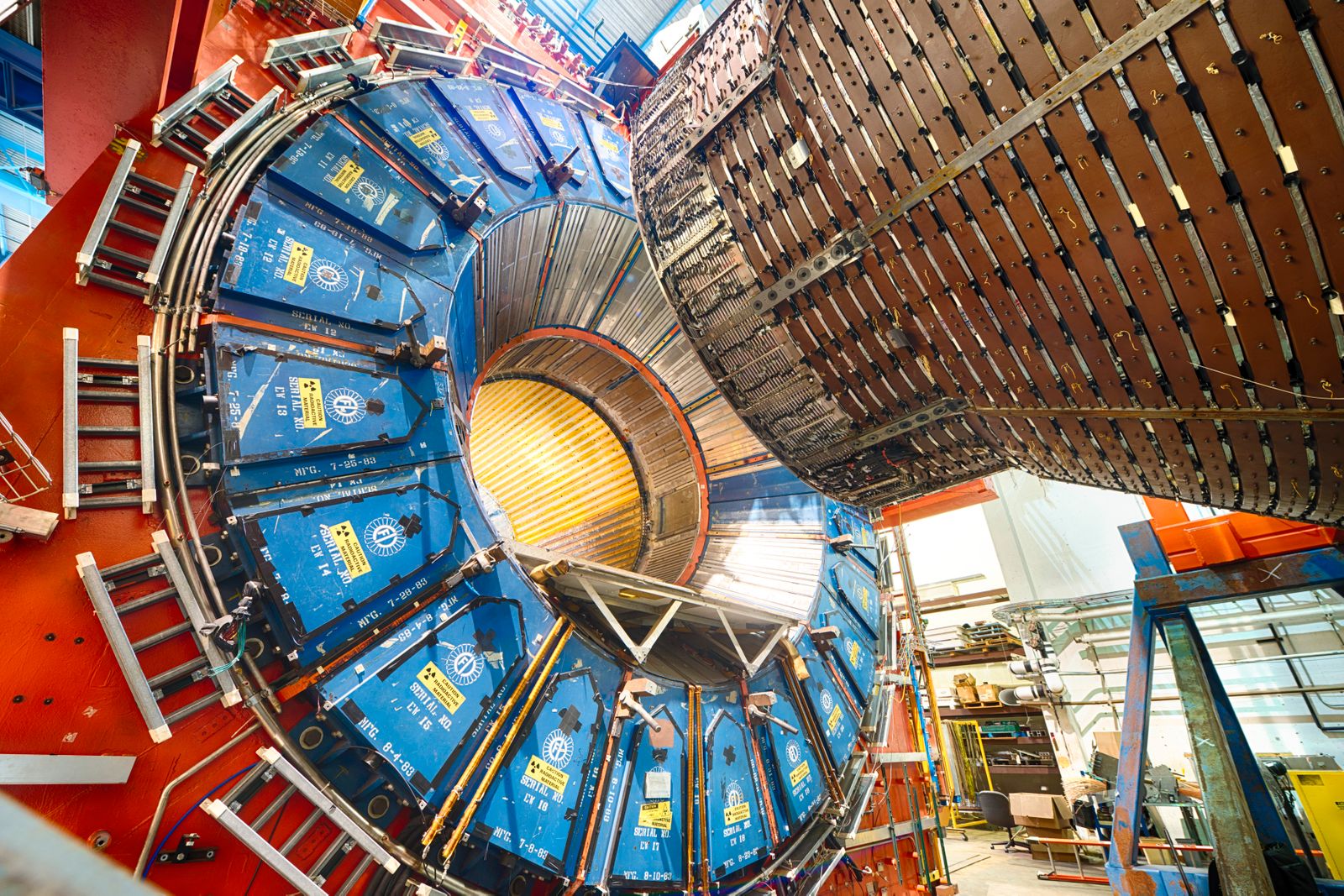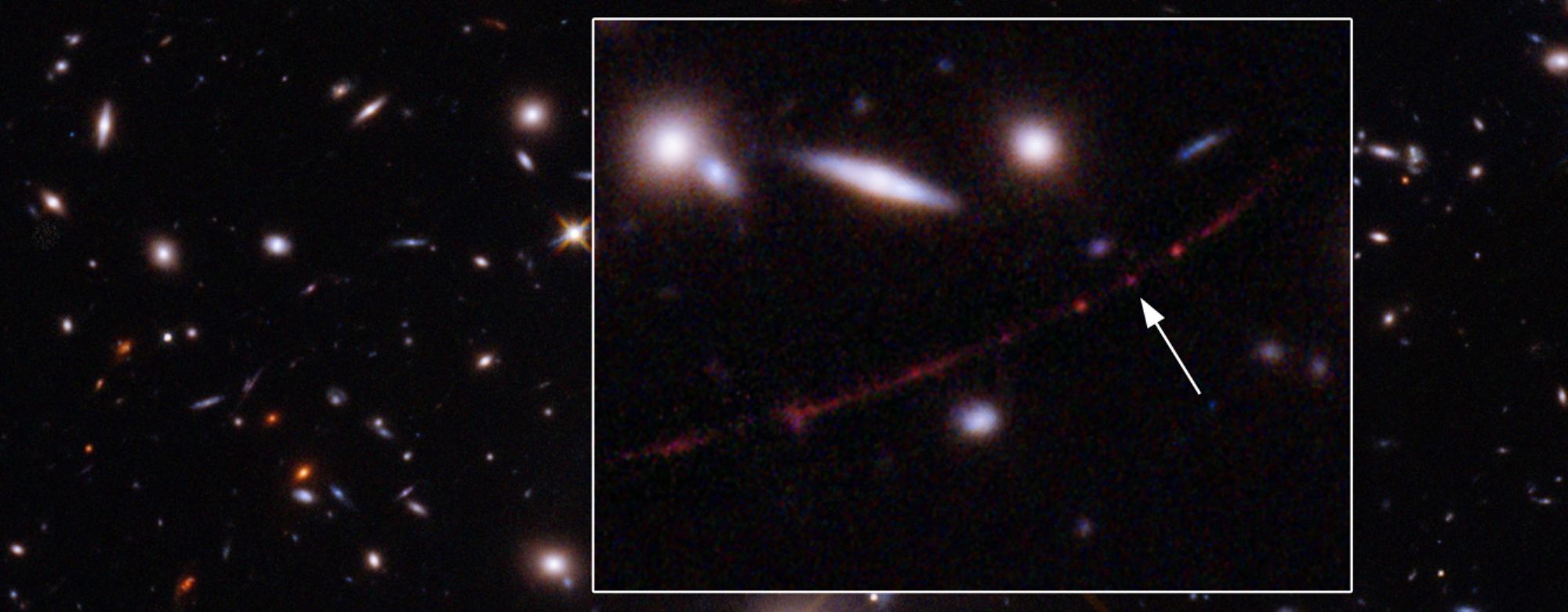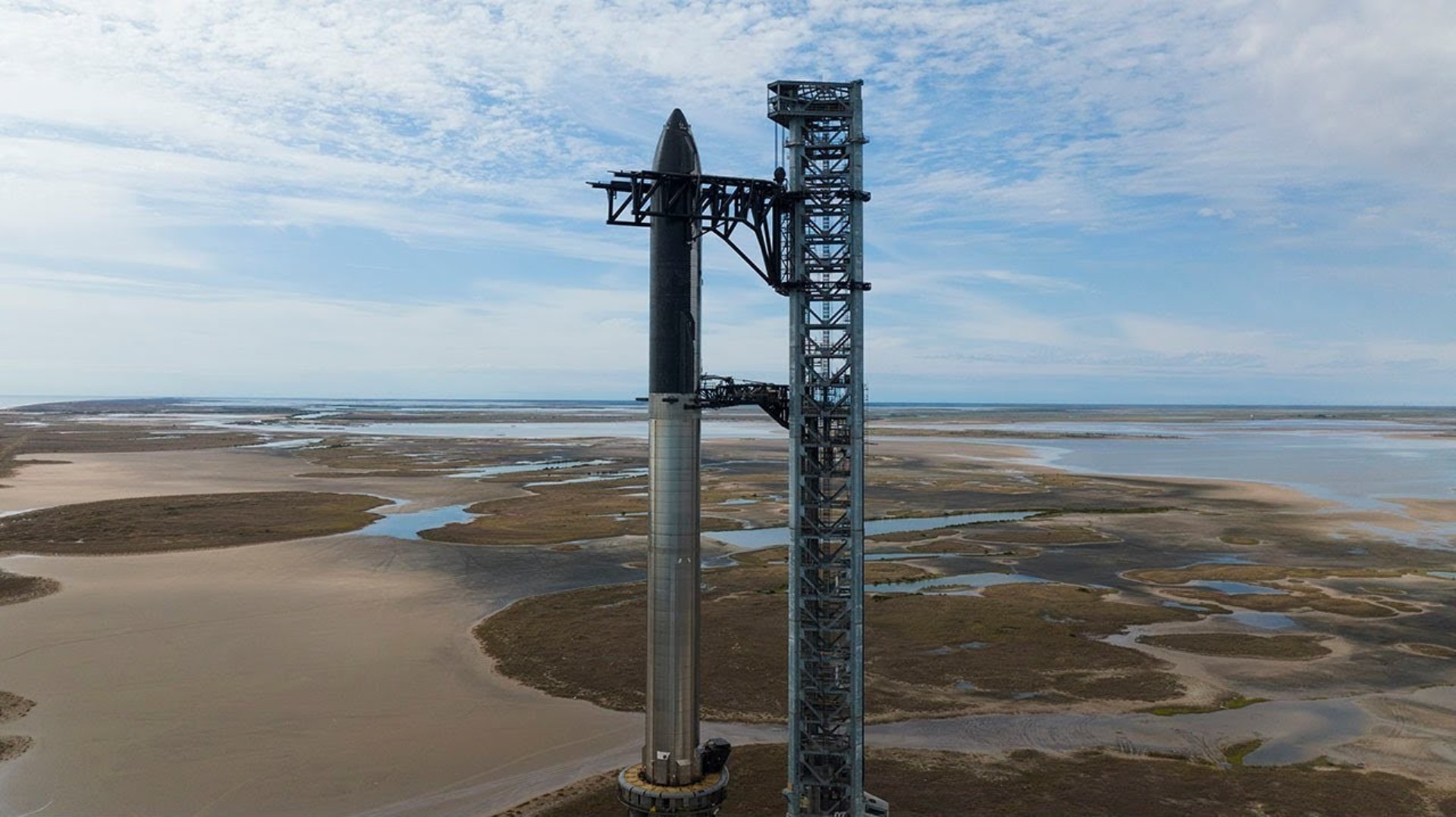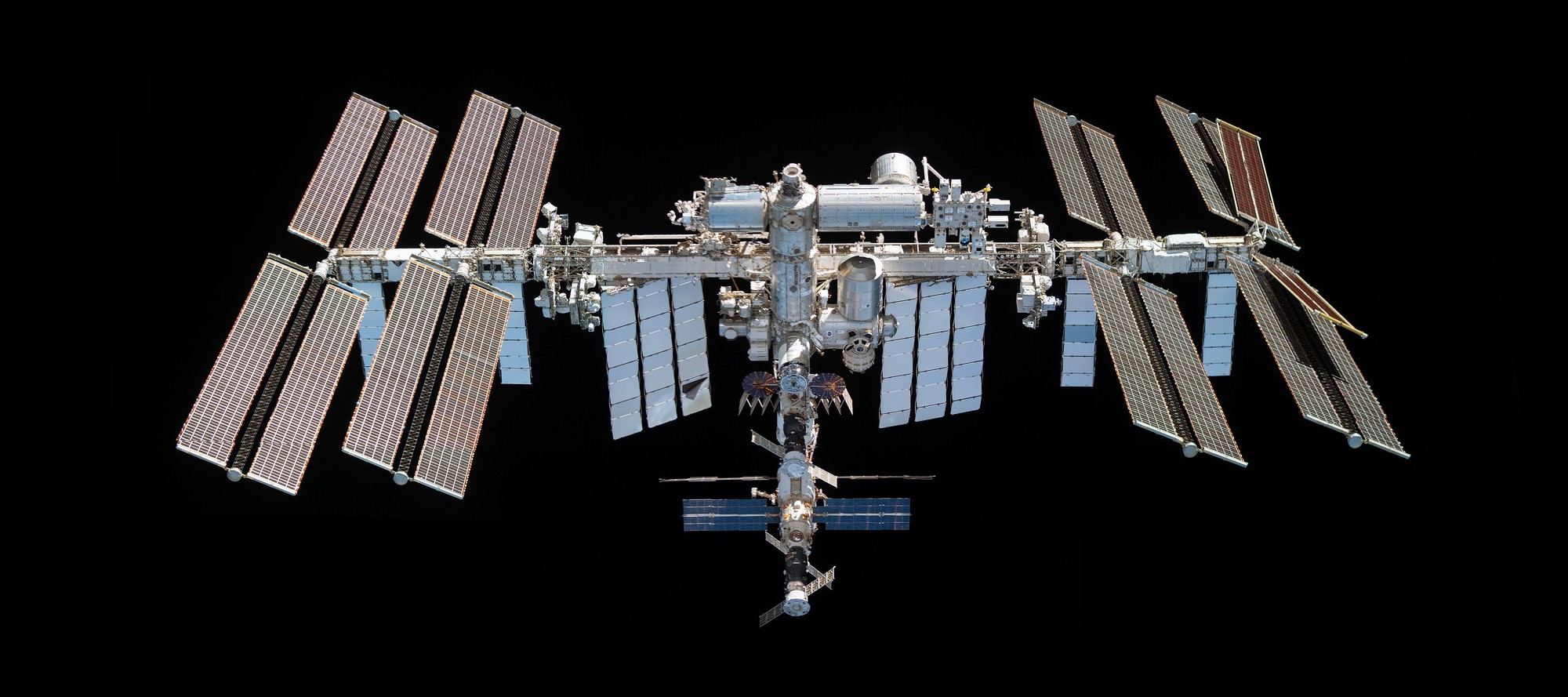For the first time in more than half a century, Congress conducted a public hearing into the state of the Pentagon’s study of unidentified aerial phenomena — which is the new name for mysteries once known as unidentified flying objects, or UFOs.
Scott Bray, deputy director of naval intelligence, told a hearing organized by the House Intelligence subcommittee on counterterrorism, counterintelligence and counterproliferation that military reports about UFOs — sorry, I mean UAPs — have been “frequent and continuing.”
Today’s hearing follows up on a Pentagon report that was issued last year and listed 144 UAP sightings that have been reported since 2004. The report pledged to take such sightings more seriously than in the past. “Since the release of that preliminary report, the UAP task force database has now grown to contain approximately 400 reports,” Bray said. “The stigma has been reduced.”
However, the hearing also made clear that the Department of Defense is still keeping mum about the detailed workings of its UAP detection and assessment process due to national security concerns. Bray and the hearing’s other witness — Ronald Moultrie, the under secretary of defense for intelligence and security — deferred a fair number of lawmakers’ questions to the closed session that followed the open hearing.
Continue reading “Congressional UFO Hearing Brings a Few Answers and More Questions”
